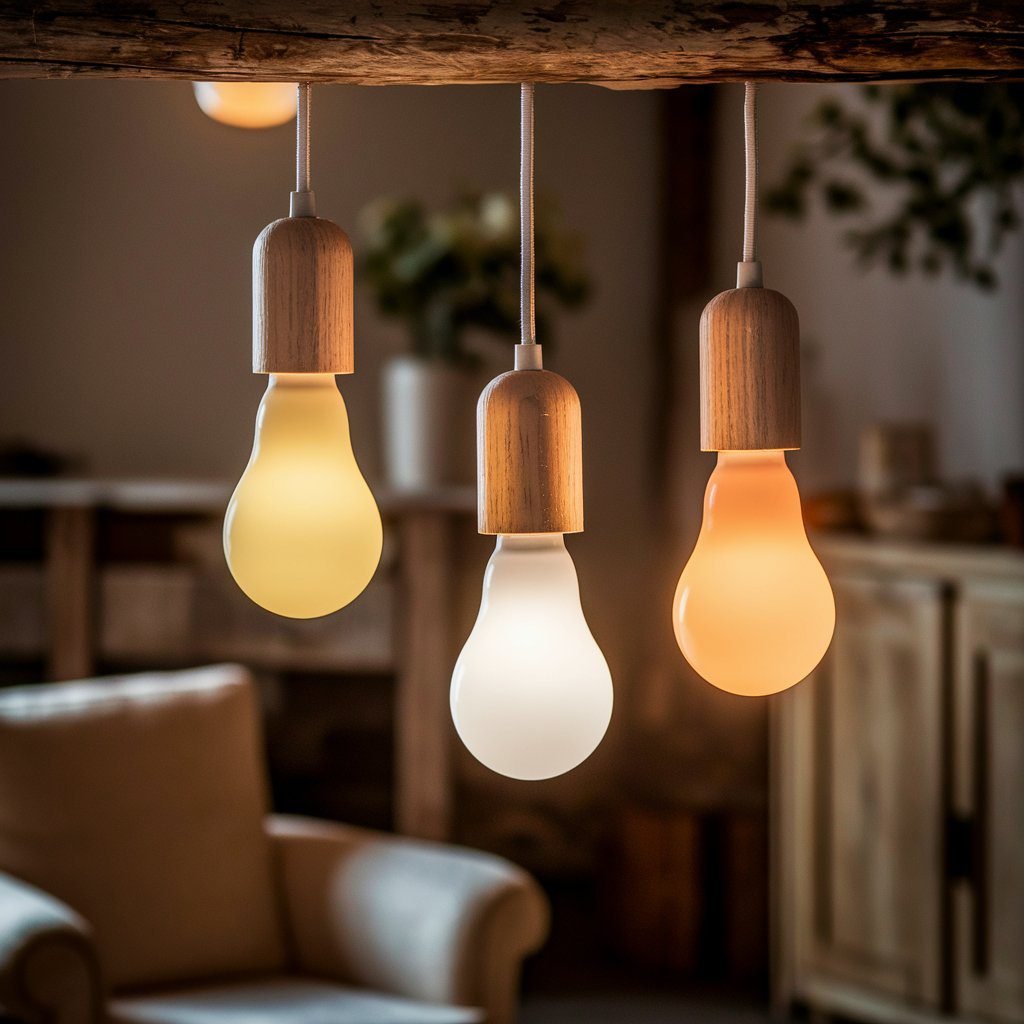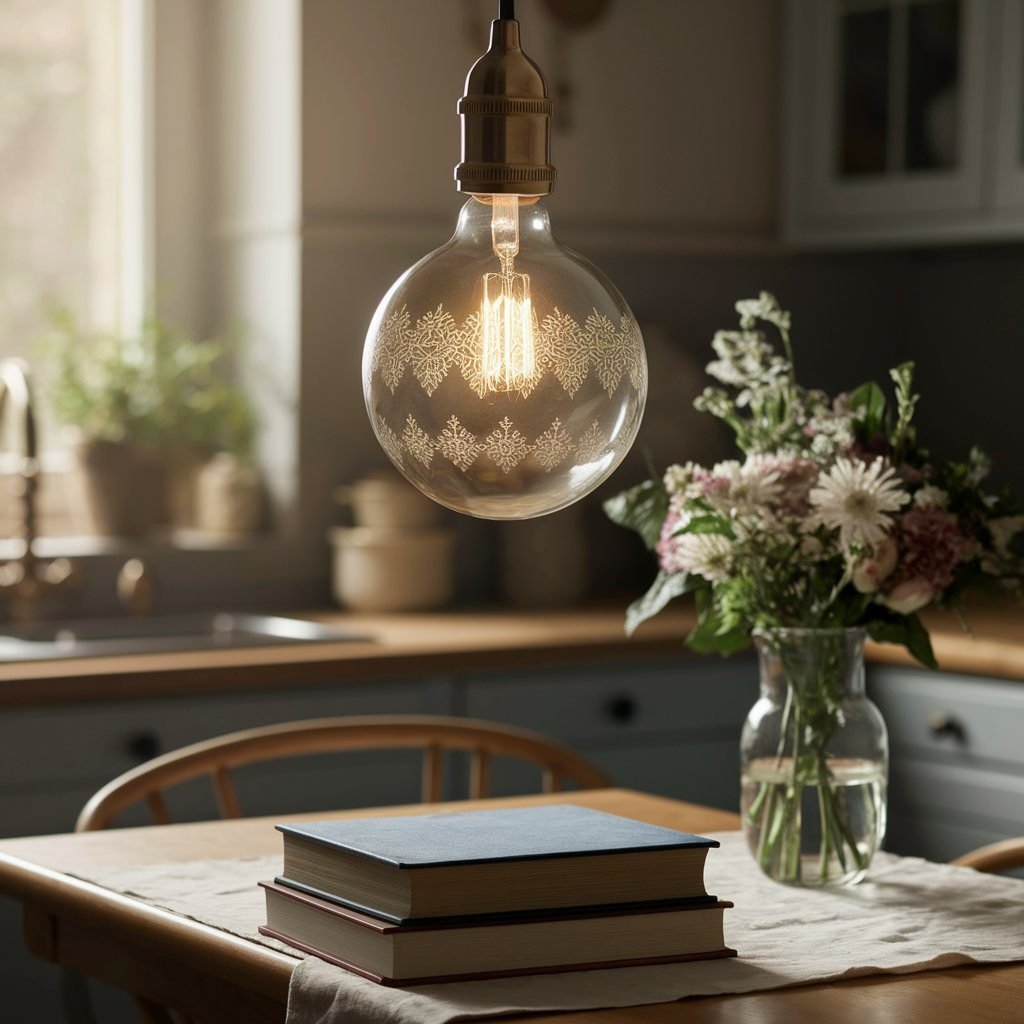Light bulbs appear so much an everyday home staple, yet they can actually play a pretty pivotal part in life, determining what can be viewed to temperature and energy consumption. Lighting technology has come far over the last several decades, and modern bulbs now provide far more than merely light. The ideal light bulb for UK home owners is not as much a case of compromise and trade-off between function, efficiency, and atmosphere.
Incandescent bulbs were the standard in the majority of households. Due to inefficiency in energy use and environmental purposes, however, these have been largely replaced by more recent versions nowadays. People now have more options to choose from—essentially LED, halogen, and compact fluorescent (CFL) bulbs—and each has its respective needs and desires.
Types of Light Bulbs
The most widespread now is the LED (Light Emitting Diode) bulb. LED bulbs are energy efficient, long lasting, and come in different brightness and colour temperatures. They can be installed in nearly any room in the home and come in many fittings and shapes, from the standard bayonet caps to Edison screw bases.
Halogen bulbs were once the energy-saver alternative to standard incandescents. They provide decent light and can be dimmed but are being phased out because they aren’t quite as energy-efficient as LEDs.
Compact fluorescent lamps, or CFLs, were the big thing some years ago back in the early 2000s as a measure to save energy. Though they are still used, they are no longer the standard due to LEDs being more efficient and longer-lasting. CFLs also contain a tiny bit of mercury that needs to be disposed of in the right way.
For specialist use, e.g., display lighting or in ovens, incandescent and halogen bulbs remain available for purchase but, for domestic home lighting, LEDs are now the norm across the UK.

Things to Consider When Choosing a Bulb
When you go to select a light bulb, it is no longer just wattage anymore. With the new ones, there are a few things to pay attention to so you can be sure you get the right one for your zone.
First is brightness, and that is measured in lumens instead of watts. More lumens means a brighter bulb. An 800-lumen bulb is roughly equivalent to a 60-watt incandescent, for instance.
Colour temperature is the second and is measured in Kelvins (K). Lower Kelvin readings (around 2700K–3000K) produce a warm yellow light which is appropriate for lounge areas and bedrooms but higher readings (4000K–6000K) produce a cooler bluish or a neutral light which is appropriate for kitchen, bathroom, or office.
Also worth mentioning is the bulb shape and fit. Ranging from traditional GLS bulbs through to candle, globe, or spotlight shapes, the shape must be suitable to the fitting or lamp as well as the room’s style. Correct fitting matching—bayonet, screw, or GU10—is necessary.
Dimmability is also something to look out for. Not all LED or CFL bulbs are dimmable, so be sure to look for it on the packaging if you require adjustable lighting.

Efficiency, Longevity, and Sustainability
The main focus of British homeowners today is energy efficiency, especially with rising energy costs and the awareness of environmental issues. LEDs use 80–90% less energy than incandescent bulbs, and while they can be a more expensive initial investment, they are a very logical long-term investment.
Where their lifespan is concerned, LED light bulbs last up to 25,000 hours and more, significantly minimizing replacement frequency. Besides being less costly, it also means less wastage.
As part of its overall effort against the manufacturing of carbon emissions, the government of the UK stepped in and came up with new laws prohibiting low-light products. The incandescent bulbs and halogens are, by and large, significantly reduced from supermarket shelves nowadays and initiating a country’s move towards LEDs and other energy-saving methods of lighting.
To learn more about improving your home, click here.





